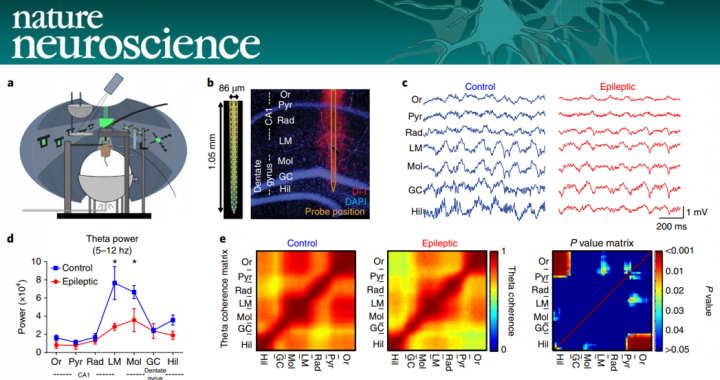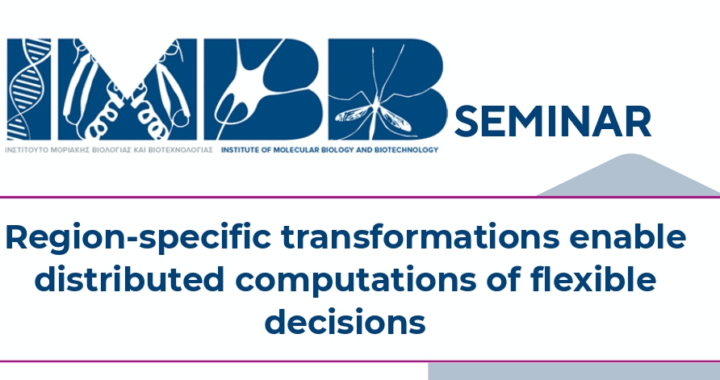Epilepsy’s impact is not limited to seizure events
While most seizures resolve spontaneously after a few minutes, the long-term impact can be rather grim if the condition goes untreated. Significant memory and executive function deficits often ensue, taking a toll on patients’ daily lives.
This is no surprise since the most common diagnosis for epilepsy involves the temporal lobes of the brain, and hippocampus in particular. Hippocampus has long been known to support memory acquisition and recall, as well as navigation in physical and mental space.
What is less apparent, however, is the role and implications of large-scale circuit re-organisation that follows a seizure event. We do know for a fact there’s extensive neuronal death leading to substantial reconfiguration of axonal connectivity patterns. But without a clear picture, it’s difficult to formulate a comprehensive description of the pathology at the single-cell and circuit level.
Shedding light on epilepsy-induced memory deficits
Our new collaborative study, published in Nature Neuroscience, illuminates crucial aspects of this matter. Building upon experimental results collected by our collaborators, post-doc researcher Dr. Chavlis and doctoral student Ioanna Pandi propose that signal transmission reliability is of paramount importance.
In specific, Spiros and Ioanna developed a model of the hippocampus that can simulate the following conditions:
- loss of inhibitory neurons
- loss of inhibitory synchronicity, rather than purge at the interneuron cell-level
Next, they run virtual navigation experiments to assess the model’s ability to memorize spatial information under the above-mentioned and control conditions. The results suggested that, contrary to expectations, total loss of inhibition didn’t count as much as desynchronization did.
As in music, tune matters
Indeed, the ability of interneurons to operate in a fast spiking regime allows for dynamic routing of excitatory traffic, which effectively equals to hotline connection between hippocampal subregions, such as the Dentate Gyrus and CA1.
Once an epileptic event sweeps, their ability to tether and co-operate falls apart.
To read more details on this new study, check the Nature publication:
https://www.nature.com/articles/s41593-019-0559-0
Associated press links:
https://medicalxpress.com/news/2020-02-insights-pathogenesis-epilepsy.html




